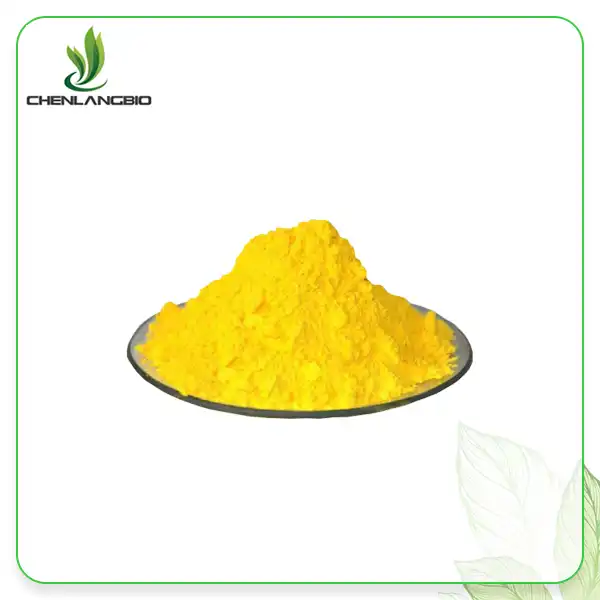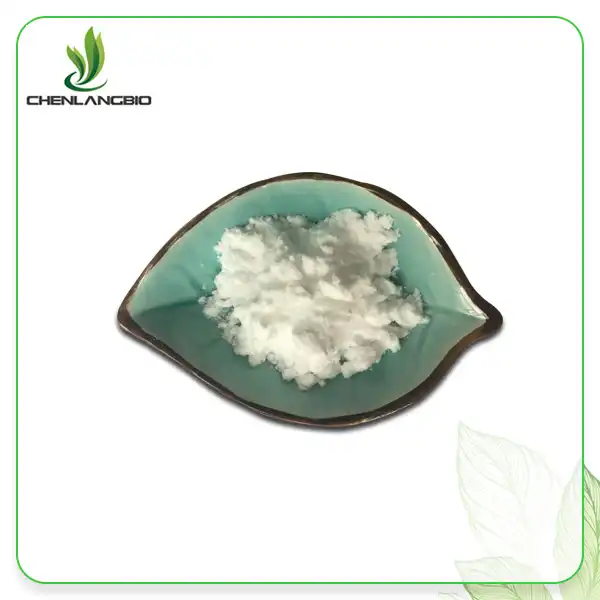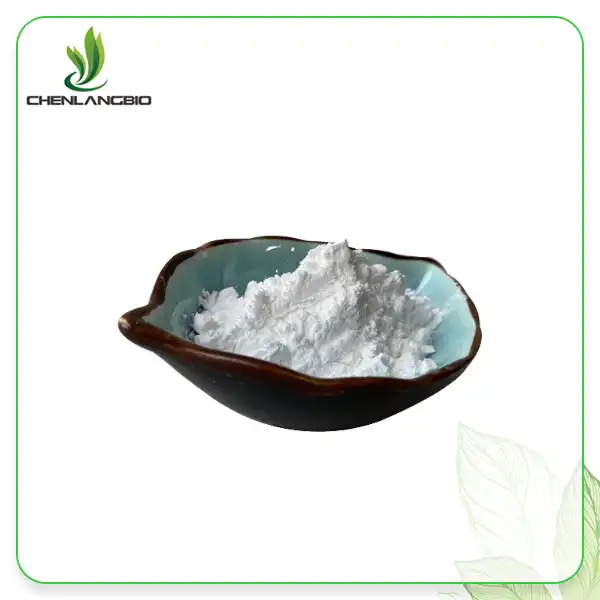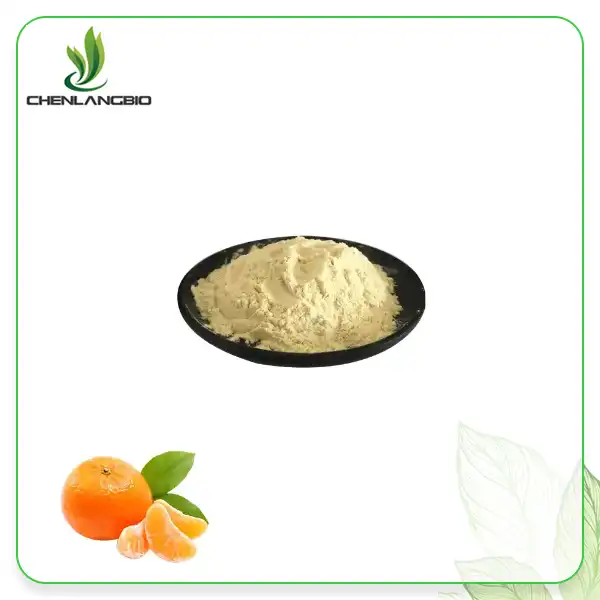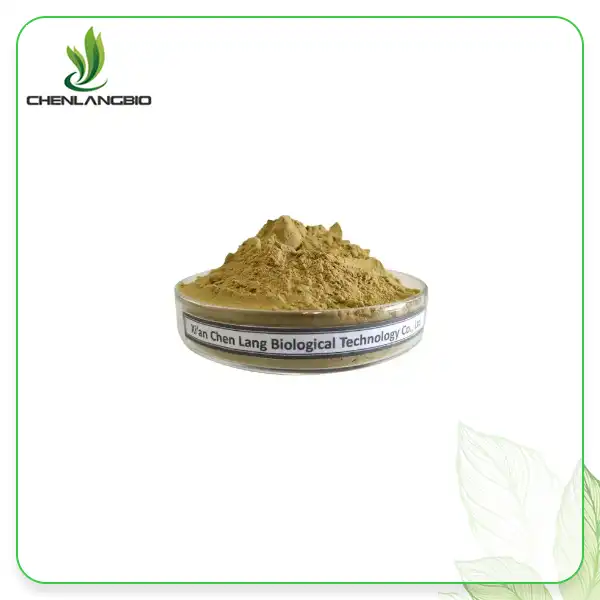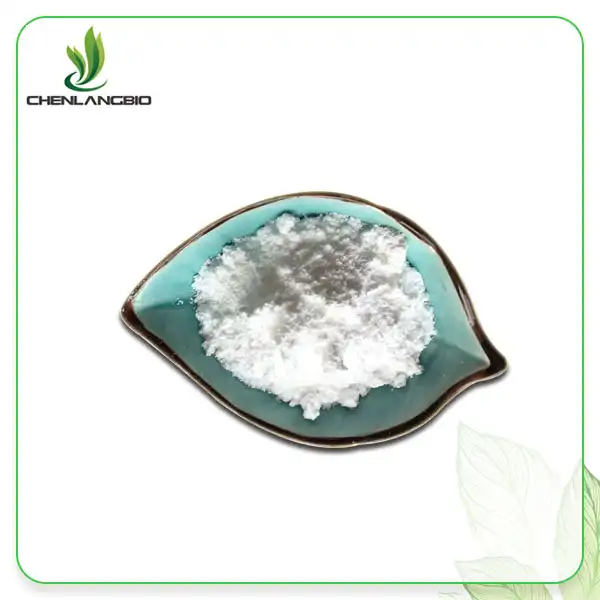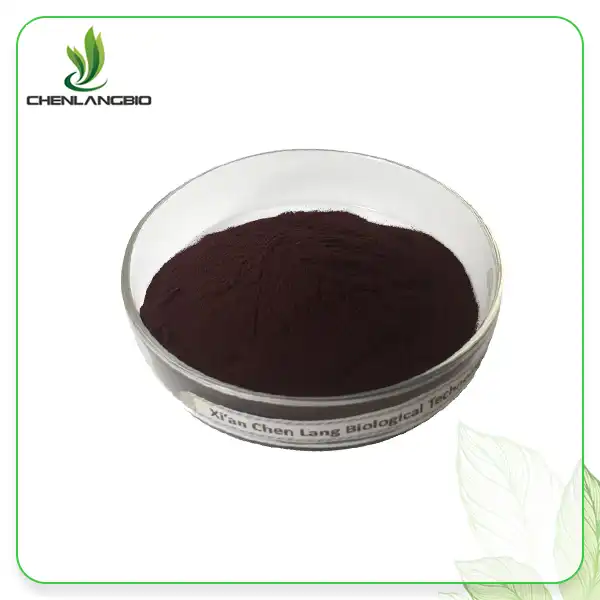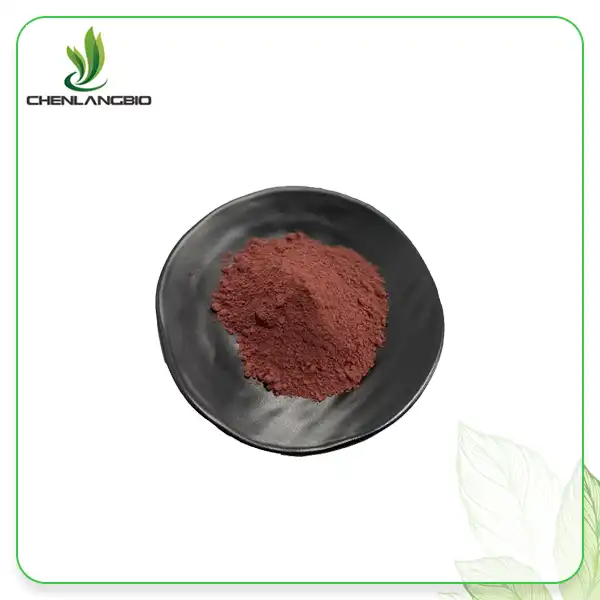What Does Phytosphingosine Do For Your Skin?
2024-06-19 11:35:07
Phytosphingosine, a naturally occurring lipid found in the outermost layer of the skin, has garnered attention for its multiple skin benefits. As a key component in the skin's lipid barrier, phytosphingosine plays a crucial role in maintaining skin health and protecting against various skin conditions. This blog will delve into its effects and benefits, answering some of the most frequently asked questions about this powerhouse ingredient.
How Does Phytosphingosine Strengthen the Skin Barrier?
Phytosphingosine is integral to the skin's lipid barrier, which consists of ceramides, cholesterol, and fatty acids. This barrier functions to keep moisture in and harmful elements out, maintaining the skin’s overall health and integrity.
Mechanism of Action
Phytosphingosine enhances the skin barrier by promoting the production of ceramides, which are essential for a strong, intact barrier. By increasing ceramide levels, phytosphingosine helps to prevent transepidermal water loss (TEWL), keeping the skin hydrated and supple. This lipid also supports the barrier's ability to fend off environmental stressors such as pollutants and bacteria, thereby reducing the risk of skin infections and irritations.
Benefits
Moisture Retention: Phytosphingosine aids in locking in moisture, preventing the skin from becoming dry and flaky. This is particularly beneficial for aging skin, which naturally loses its ability to retain moisture.
Protection Against Irritants: By strengthening the barrier, phytosphingosine helps to protect the skin from allergens and irritants, reducing the likelihood of reactions and inflammations.
Repair and Recovery: Phytosphingosine supports the skin’s natural healing processes, making it effective in repairing damaged or compromised skin barriers.
Reduction of Sensitivity: Strengthening the skin barrier can also reduce overall skin sensitivity, helping those with reactive skin conditions experience fewer flare-ups.
Can Phytosphingosine Help with Acne?
Phytosphingosine has significant anti-inflammatory and antimicrobial properties, making it beneficial for acne-prone skin.
Anti-inflammatory Effects
Phytosphingosine can reduce inflammation by inhibiting the activity of protein kinase C (PKC), an enzyme involved in inflammatory responses. This reduction in PKC activity helps to decrease the production of pro-inflammatory mediators like interleukin-8 (IL-8), which are commonly elevated in acne-prone skin.
Antimicrobial Properties
Phytosphingosine has been shown to be effective against various bacteria associated with acne, such as Propionibacterium acnes. It inhibits the growth of these bacteria, helping to prevent acne outbreaks and reduce the severity of existing blemishes. Additionally, phytosphingosine’s ability to maintain a balanced microbial environment on the skin further supports its role in managing acne.
Application in Acne Treatment
Products containing phytosphingosine, such as creams and serums, can be particularly effective when used consistently. These products not only target the bacteria but also reduce inflammation, leading to clearer and healthier skin over time.
Combining with Other Ingredients
For enhanced acne-fighting effects, phytosphingosine is often combined with other active ingredients like salicylic acid or benzoyl peroxide. This combination can provide a multi-faceted approach to acne treatment, addressing different aspects of acne formation and prevention.
Clinical Evidence
Several clinical studies support the use of phytosphingosine in acne treatment. These studies indicate a significant reduction in acne lesions and improvement in skin texture and clarity with regular use of products containing phytosphingosine.
Is Phytosphingosine Safe for All Skin Types?
Phytosphingosine is generally considered safe and well-tolerated by most skin types. However, as with any skincare ingredient, it's advisable to perform a patch test before using a new product extensively.
Safety Profile
Given its natural presence in the skin, phytosphingosine is typically non-irritating and suitable for sensitive skin. Studies have shown that it does not cause significant adverse effects, making it a safe choice for long-term use. This compatibility with the skin's natural biology makes phytosphingosine a gentle yet effective ingredient for various skin concerns.
Potential Side Effects
While rare, some individuals may experience mild irritation or allergic reactions. To mitigate this risk, start with a small amount of product and gradually increase usage as your skin adjusts. Consulting with a dermatologist can also help determine if phytosphingosine is appropriate for your specific skin concerns.
Usage Tips
Phytosphingosine can be found in a variety of skincare products, including moisturizers, serums, and anti-aging treatments. For best results, look for products that combine phytosphingosine with other beneficial ingredients like ceramides, hyaluronic acid, or niacinamide. This combination can enhance the overall efficacy of your skincare routine.
Suitable for Sensitive Skin
Phytosphingosine's anti-inflammatory properties make it especially beneficial for those with sensitive skin conditions such as rosacea or eczema. It helps to calm the skin and reduce redness and irritation, contributing to a more even and comfortable complexion.
Adaptation for Different Skin Types
For dry skin, products with phytosphingosine can be paired with rich, emollient ingredients to provide additional moisture. For oily or acne-prone skin, lightweight formulations that also contain mattifying or oil-controlling ingredients can be beneficial. Normal and combination skin types can enjoy the versatile benefits of phytosphingosine in balanced formulations that maintain skin health without overwhelming it.
Frequency of Use
Phytosphingosine can be used both in morning and evening skincare routines. When incorporated into daily skincare, it helps maintain the skin’s barrier and hydration levels consistently. However, for those with particularly sensitive skin, starting with alternate-day use may help the skin acclimate to the new ingredient.
Integrating into Existing Routines
When adding phytosphingosine to your skincare routine, it's essential to consider how it interacts with other products. Layering phytosphingosine under sunscreen during the day provides added protection against environmental stressors. At night, combining it with reparative treatments can amplify its skin-repairing benefits.
Professional Recommendations
Dermatologists often recommend phytosphingosine for its dual benefits of strengthening the skin barrier and providing anti-inflammatory effects. For those undergoing treatments that may compromise the skin barrier, such as retinoids or chemical peels, phytosphingosine can be a supportive ingredient that enhances recovery and minimizes irritation.
Long-term Benefits
Regular use of phytosphingosine can lead to long-term improvements in skin texture, resilience, and overall health. Its role in maintaining the lipid barrier is crucial for preventing premature aging and preserving skin integrity over time.
Conclusion
Phytosphingosine is a versatile and beneficial ingredient for maintaining healthy skin. Its ability to strengthen the skin barrier, combat acne, and provide anti-inflammatory and antimicrobial benefits makes it a valuable addition to any skincare regimen. Whether you're dealing with dry skin, acne, or simply looking to enhance your skin's resilience, phytosphingosine offers a natural and effective solution. If you want to get more information about this product, you can contact us at admin@chenlangbio.com
References
Byrdie. Phytosphingosine Ingredient for Skin: The Complete Guide. Retrieved from Byrdie
Healthline. Phytosphingosine: Definition, Products, and Uses. Retrieved from Healthline
Cosmetics & Toiletries. Phytosphingosine: A Nature-inspired Sphingoid Base With Multiple Skin Benefits. Retrieved from Cosmetics & Toiletries
Women's Concepts. Phytosphingosine: What It Is And How To Use It In Your Skincare Routine. Retrieved from Women's Concepts
The Dermatology Review. Skin Barrier And Phytosphingosine: What You Should Know. Retrieved from The Dermatology Review
Clinikally. Phytosphingosine: Unveiling the Superstar of Skincare. Retrieved from Clinikally
Glooshi. Phytosphingosine: What Is It, Skin & Hair Benefits & Side Effects. Retrieved from Glooshi
PetMD. Phytosphingosine and Its Benefits. Retrieved from PetMD
VCA Animal Hospitals. Understanding Phytosphingosine. Retrieved from VCA Animal Hospitals
American Veterinary Medical Association. The Role of Phytosphingosine in Skincare. Retrieved from AVMA
Send Inquiry
Related Industry Knowledge
- What Are the Key Benefits of Pharmaceutical-Grade Progesterone Micronized Powder?
- What are the Benefits of Using Kopyrrol Powder?
- Why Sea Buckthorn Oligopeptide is Essential for Gut Health?
- How Does Loratadine Affect the Brain
- Can I Use Sodium Ascorbyl Phosphate with Niacinamide
- What Percentage of Magnesium Ascorbyl Phosphate is Effective
- What is Saw Palmetto Extract Powder Used for
- Is Konjac Extract Powder Good For Weight Loss
- What is Pure Pomegranate Extract Good for
- Which is better Ashwagandha root or Ashwagandha Extract Withanolides


